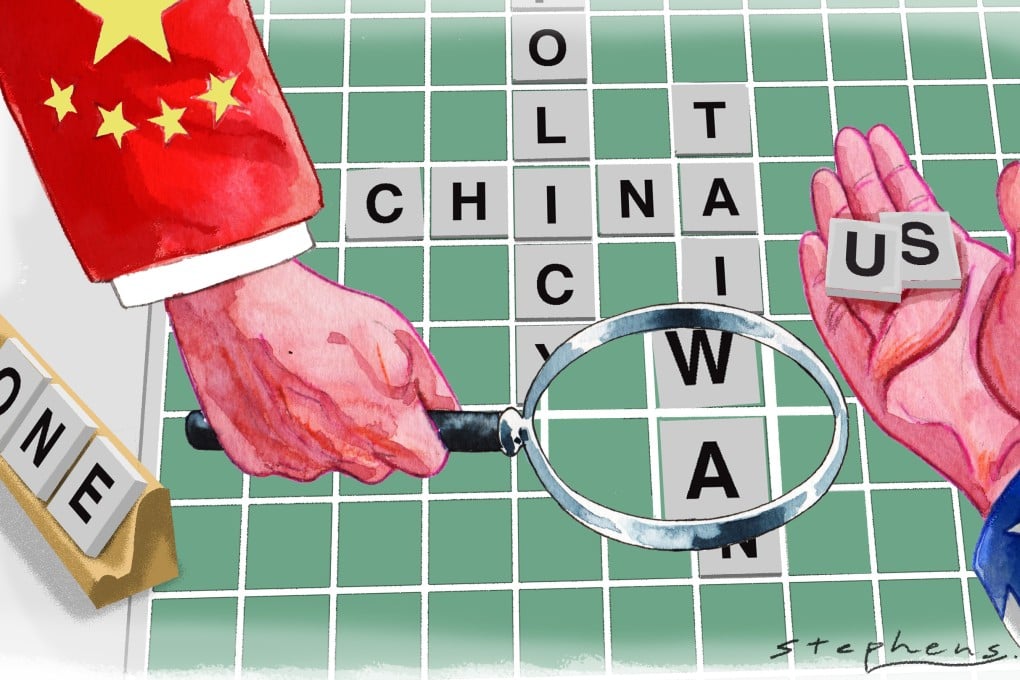Opinion | One-China policy: fewer word games, more clarity needed from Washington and Beijing
- Since the early 1970s, the US and China have skirted the specifics of ‘one China’, but as relations between the two deteriorate, the lack of real agreement on the issue could become explosive
- Increasingly, ‘strategic ambiguity’ only serves as a cover for the US’ ‘one China, one Taiwan’ policy

Confusingly, both sides claim to agree that there is only one China. So why the fuss? The reality is that they actually do not agree on what “one China” is.
From the founding of the People’s Republic of China in 1949 up to 1971, the US pursued a “two-China” policy that delegitimised the international status of the People’s Republic. Taiwan’s leadership under General Chiang Kai-shek represented China.
When the United States moved to recognise the People’s Republic of China and de-recognise the Republic of China in 1979, it stated that the government of the People’s Republic of China was “the sole legal Government of China”. This means that the People’s Republic was and is the only China, and that the Republic of China could not be considered a separate sovereign entity.
